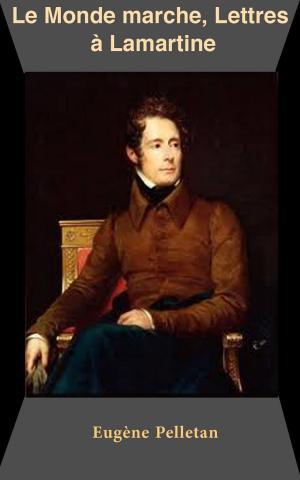| Author: | Cao Xueqin, Tsao Hsueh-Chin, Kao Ngoh, Kao Wo, Chi-Chen Wang, Arthur Waley | ISBN: | 1230002123394 |
| Publisher: | London : George Routledge & Sons | Publication: | January 27, 2018 |
| Imprint: | Language: | English |
| Author: | Cao Xueqin, Tsao Hsueh-Chin, Kao Ngoh, Kao Wo, Chi-Chen Wang, Arthur Waley |
| ISBN: | 1230002123394 |
| Publisher: | London : George Routledge & Sons |
| Publication: | January 27, 2018 |
| Imprint: | |
| Language: | English |
Dream of the Red Chamber, ( Chinese 紅樓夢 / 红楼梦 , Pinyin Hóng Lóu Mèng , literally, The Dream in / by the Red Mansion / Room ) also called The Story of the Stone, composed by Cao Xueqin, is one of China's Four Great Classical Novels. It was written sometime in the middle of the 18th century during the Qing Dynasty. Long considered a masterpiece of Chinese literature, the novel is generally acknowledged to be the pinnacle of Chinese fiction. "Redology" is the field of study devoted exclusively to this work.
The title has also been translated as Red Chamber Dream and A Dream of Red Mansions. The novel circulated in manuscript copies with various titles until its print publication, in 1791. Gao E, who prepared the first and second printed editions with his partner Cheng Weiyuan in 1791–2, added 40 additional chapters to complete the novel.
Red Chamber is believed to be semi-autobiographical, mirroring the rise and decline of author Cao Xueqin's own family and, by extension, of the Qing Dynasty. As the author details in the first chapter, it is intended to be a memorial to the damsels he knew in his youth: friends, relatives and servants. The novel is remarkable not only for its huge cast of characters and psychological scope, but also for its precise and detailed observation of the life and social structures typical of 18th-century Chinese society.
Dream of the Red Chamber, ( Chinese 紅樓夢 / 红楼梦 , Pinyin Hóng Lóu Mèng , literally, The Dream in / by the Red Mansion / Room ) also called The Story of the Stone, composed by Cao Xueqin, is one of China's Four Great Classical Novels. It was written sometime in the middle of the 18th century during the Qing Dynasty. Long considered a masterpiece of Chinese literature, the novel is generally acknowledged to be the pinnacle of Chinese fiction. "Redology" is the field of study devoted exclusively to this work.
The title has also been translated as Red Chamber Dream and A Dream of Red Mansions. The novel circulated in manuscript copies with various titles until its print publication, in 1791. Gao E, who prepared the first and second printed editions with his partner Cheng Weiyuan in 1791–2, added 40 additional chapters to complete the novel.
Red Chamber is believed to be semi-autobiographical, mirroring the rise and decline of author Cao Xueqin's own family and, by extension, of the Qing Dynasty. As the author details in the first chapter, it is intended to be a memorial to the damsels he knew in his youth: friends, relatives and servants. The novel is remarkable not only for its huge cast of characters and psychological scope, but also for its precise and detailed observation of the life and social structures typical of 18th-century Chinese society.















